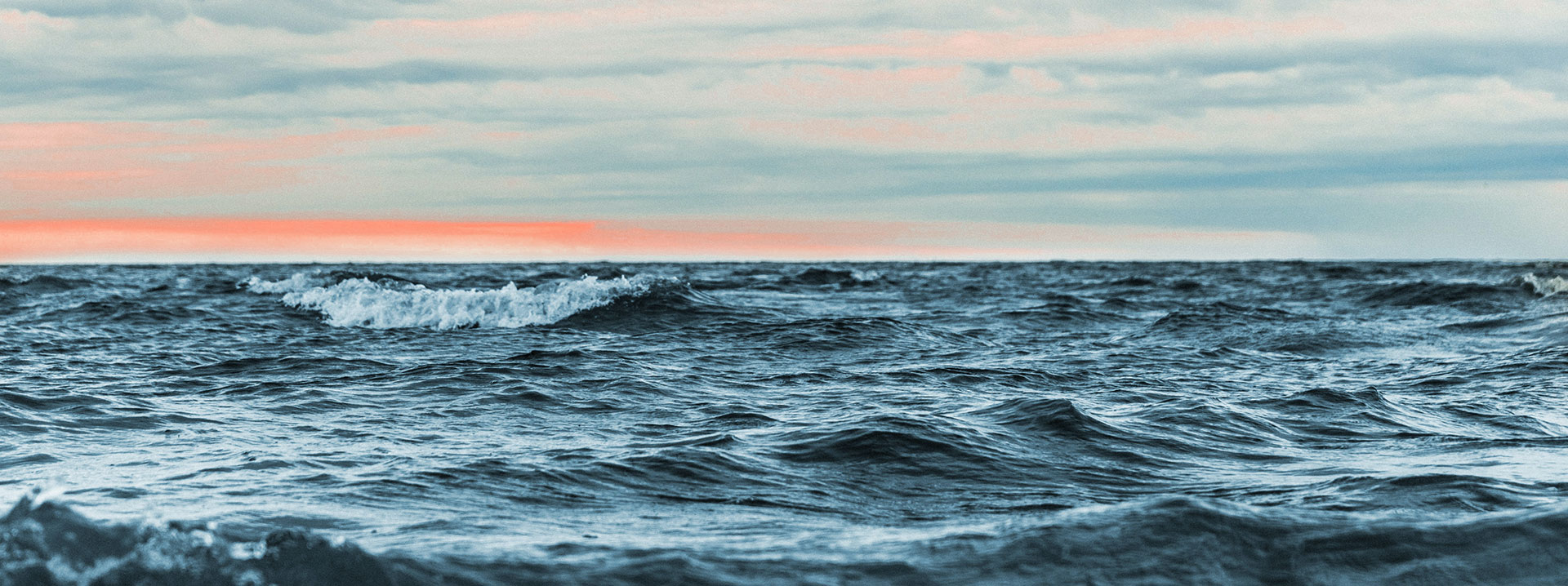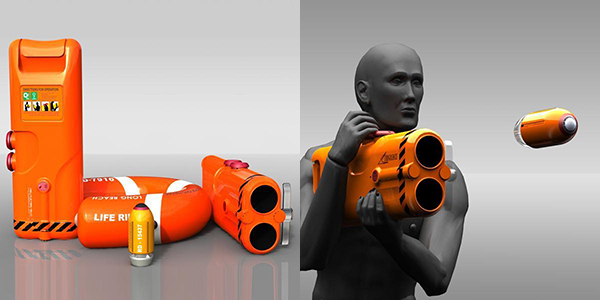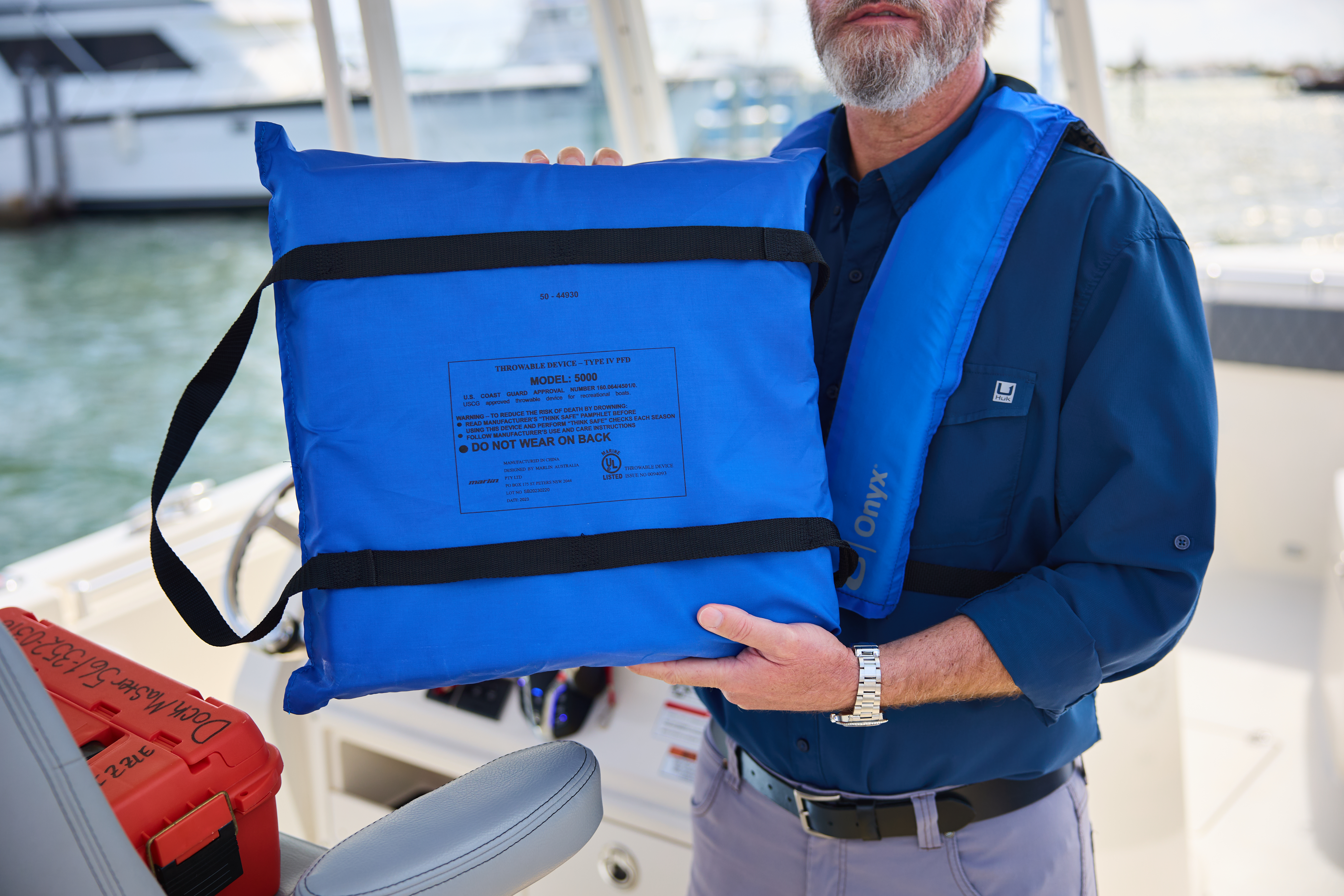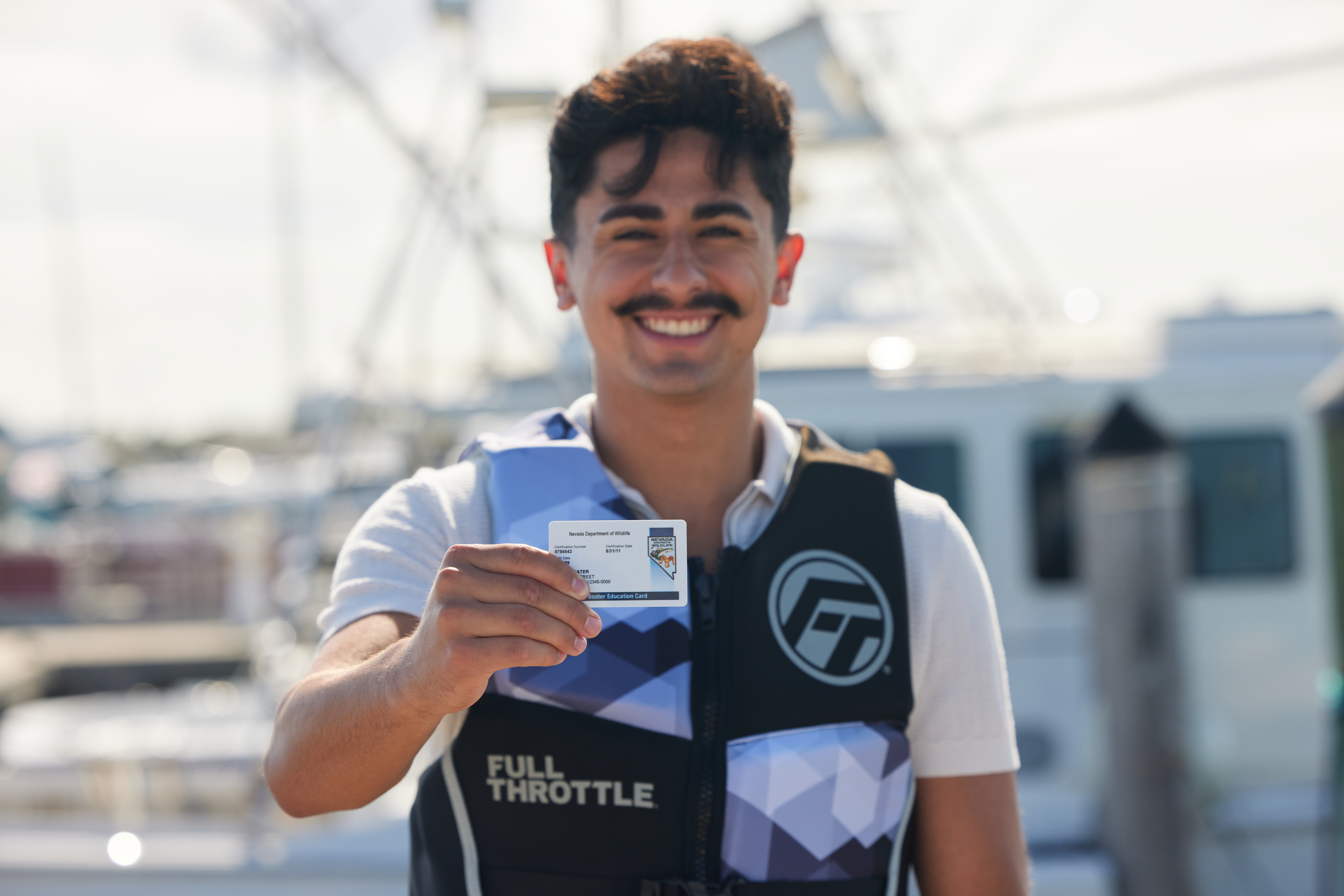Falling Overboard: The Longreach Buoyancy Deployment Bazooka

Do you know what to do when someone falls overboard? While it's important to understand how to call for help, it's also crucial to act quickly when someone falls off the boat into the water.
One tool for getting people back on board is the Longreach Buoyancy Deployment Bazooka. What is it? How does it work?
Here's what you need to know about it. We'll also talk about how to avoid falling overboard while boating.

What Is the Longreach Buoyancy Deployment Bazooka?
The Longreach Buoyancy Deployment Bazooka was designed by Samuel Adeloju. It shoots an emergency buoyancy aid 500 feet out to sea, saving people from drowning.
Once the aid hits the water, it rapidly expands to help keep the victim afloat. In 2010, the Longreach system won the James Dyson Award, a competition encouraging design engineers to be creative and inventive and challenge the norm.
The life buoy is shaped like a bullet, allowing it to be launched from a bazooka-like device. When the bullet hits the water, the buoy expands to forty times its original size, forming a ring-shaped life preserver.
This invention could reach drowning victims far more quickly than a lifeguard, and it also promises to aid those who fall overboard and end up out of reach of a buoy thrown by hand.

How to Save Someone When Falling Overboard
What if you don't have one of these bazookas? Most boaters probably don't.
So, what should you do if someone falls overboard? BOATERexam teaches safety courses about how to stay safe while boating and what to do if something goes wrong, like a friend falling unexpectedly into the water.
If that happens:
- Slow down: Reduce the boat's speed and toss a PFD (personal floatation device) to the person in the water. This should be a throwable PFD rather than another life jacket.
- Turn the boat around (slowly): Next, turn the boat around and pull slowly alongside the person in the water. Approach from downwind (or into the current) – whichever is stronger.
- Stop the engine: This helps keep the boat steady and reduces the potential that the engine could harm the person in the water.
Pull the person on board while balancing the weight in the boat.
Assess the person after getting them safely back on board. If they need medical attention or if they fell into the water due to a boating accident, call for help and report the incident.

Avoid Falling Overboard With Boater Education
The best way to stay safe on the water is to take a boater education course. With a safety certification, you'll know how to operate a boat safely to avoid accidents. You'll also know the safety equipment to keep on board and how to handle a situation if something goes wrong.
With the right knowledge, you won't need something like a buoyancy bazooka to rescue friends or family from the water. You'll have the right lifejackets on board and the skills to respond appropriately if someone unexpectedly ends up in the water.
BOATERexam is here to help you stay safe on the water this season! Take the safety course for your state (or the Canada-approved course if you boat in Canada), and encourage your friends and family to get certified, too.
Originally published May 18, 2011. Content updated May 11, 2023.
